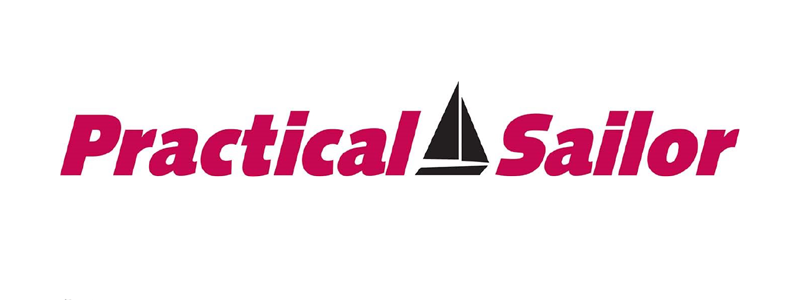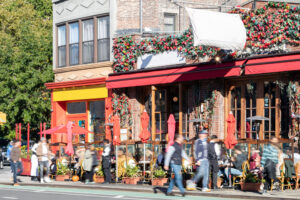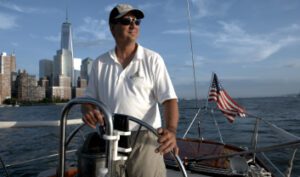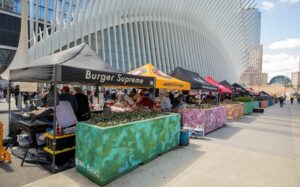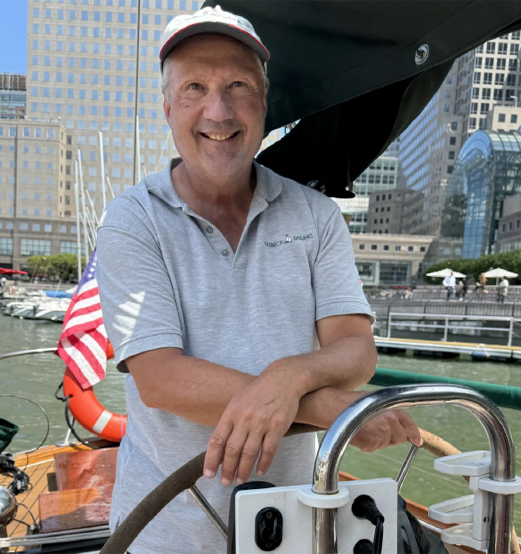
Nestled among the super yachts berthed ostentatiously along Manhattan’s North Cove—a well-to-do enclave near New York’s world trade center—the 1964 Hinckley Pilot 35 Tara seems to know she’s the prettiest girl at the ball. But she doesn’t boast. Her dainty transom and her subtle sheerline aren’t proud or showy. There’s nothing loud about her wood cockpit trim or the way her coach roof blends delicately into her topsides. Tara demonstrates a confident grace at the dock that turns heads on the water. And when the music starts, this girl can dance.
David Caporale is Tara’s fourth owner, the boat having migrated east from Chicago to the Connecticut River where Caporale found her. He updated her rig with a new mast and a fully battened mainsail. synthetic teak decks, which might make purists clutch at their pearls. He argues this particular fashion accessory keeps Tara’s highly trafficked decks clean and grippy, and fits in with Tara’s new mission.
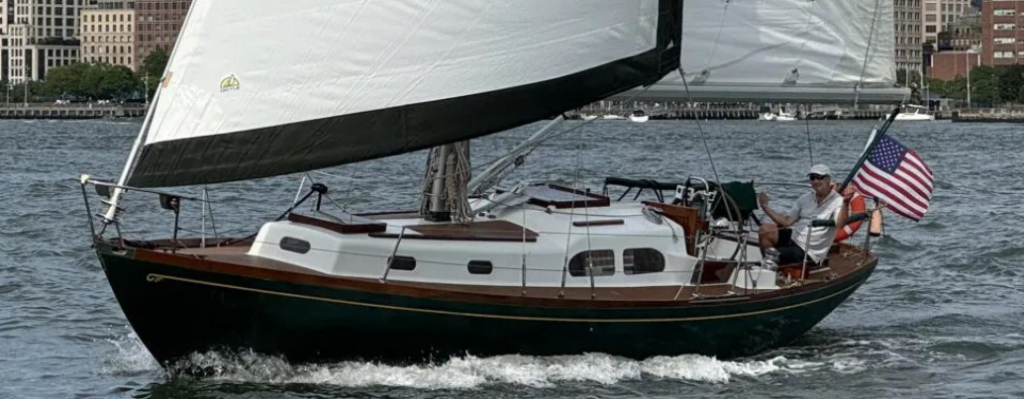
David has turned his vintage Hinckley into a classy way to see the Statue of Liberty and lower Manhattan, and he reports business is good…very good. Still, he has a word of caution for anyone wishing to turn their passion into their livelihood.
“Even dream jobs require an investment,” he says, alluding to Tara’s periodic upkeep, her winter layup, and her stratospheric summer slip fees at one of the world’s priciest marinas. But David makes enough to keep himself and two paid captains busy. Each can sail the boat singlehanded while showing the sights to up to six customers.
“We’ll be in business as long as that lady in the harbor keeps shining her torch,” says David. Yes, a plastic Sea Ray inboard/outboard might achieve the same goal. But seeing the Statue of Liberty from a classic Hinckley gives Tara a competitive advantage.
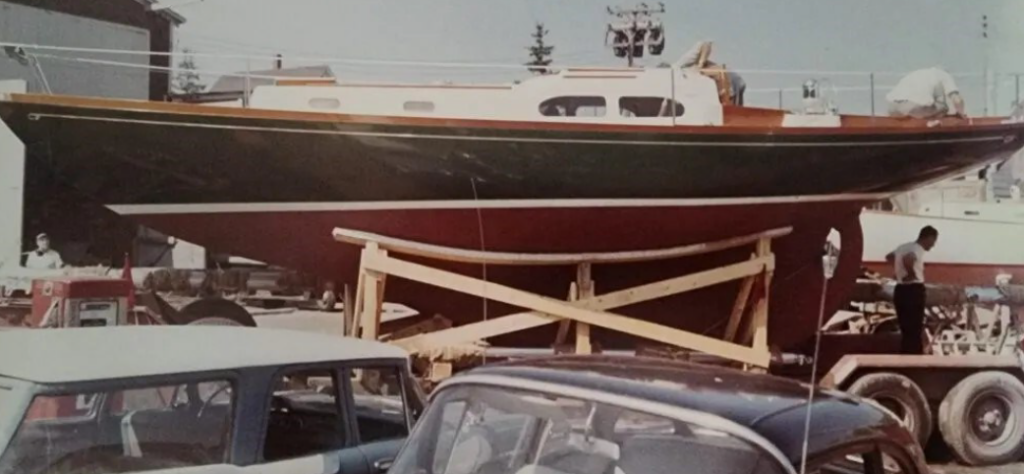
LINEAGE
You can’t deny Tara came from a proper family, with a design by Spark-man & Stephens and construction by the Henry R. Hinckley Co of Southwest Harbor, Maine. Tara’s well-born attributes were inevitable given her parentage.
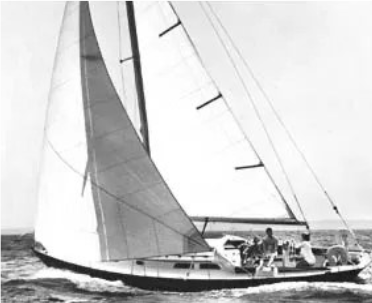
We combed Practical Sailor’s trove of used boat reviews and found this synopsis:
‘The Pilot was the state of the boatbuilding art at the beginnings of the fiberglass era. It’s tempting to think of her as dated and a litmus of how far we’ve come, but many sailors still see her as the sum and substance of what a boat should be. Whether you think of her as a relic or exemplar, however, hers is an intriguing tale.’
‘Bob Hinckley, one of the founder’s sons, told Practical Sailor during our first review of the Pilot 35: “The success of the Bermuda 40 removed any lingering doubts about the suitability of glass reinforced plastic as a boat-building material. By 1962 it was clear that fiberglass was to be the future of the Hinckley company. We had already built a Sou’wester Junior in glass, and since the boat was 30 feet LOA, it seemed only logical to build one in the 35-foot range to fill out the line.”’
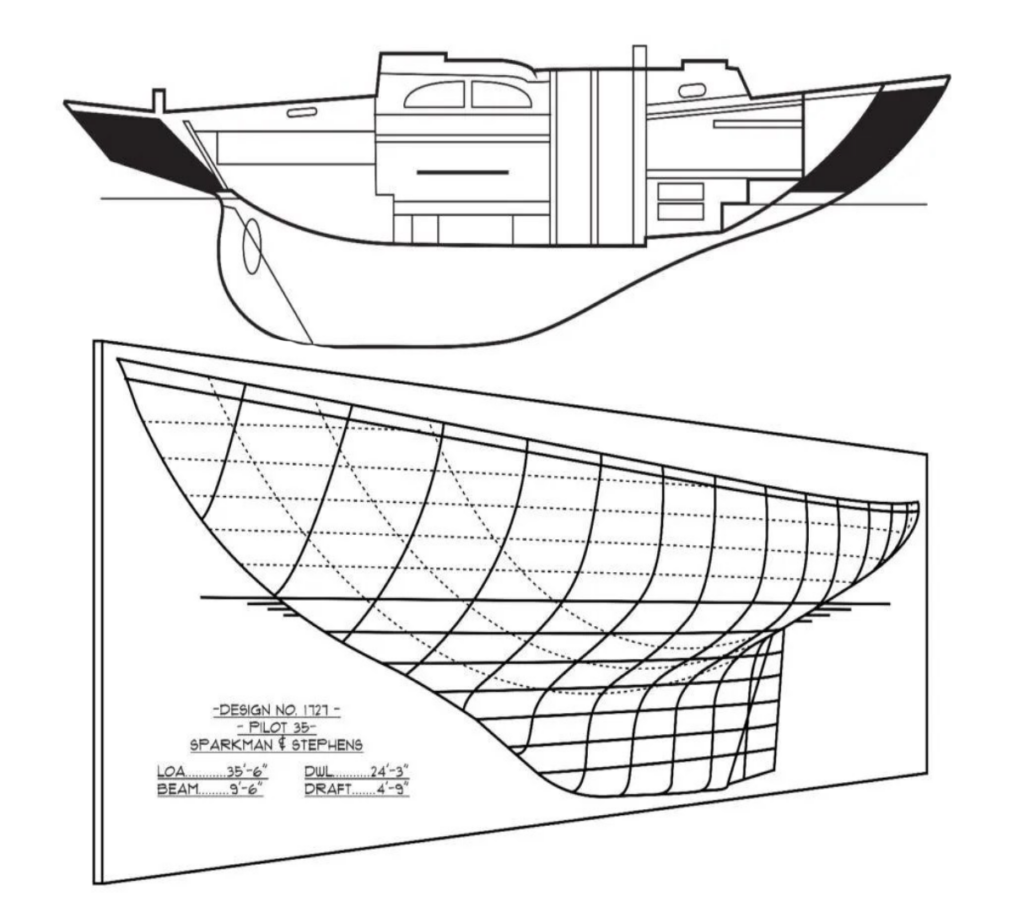
‘According to Rod Stephens, “In 1955 at the request of Henry R. Hinckley, a ‘new Pilot’ was the subject of our Design No. 1219. The new boats were slightly longer on deck and at the waterline and drew an additional 2 inches. Beam remained 9-ft. 6-in. and six square feet of sail area was added. Hinckley built eight of these ‘Hinckley Pilots’ in wood. One was a yawl, the rest were sloops. They displaced 12,900 lbs.’
‘In 1962, again at the request of Hinckley, who had been building in fiberglass, the Pilot design was revised and became our Design No. 1727. The design was extended to LOA 35′ 9″, DWL 25’, Beam 9’6″, Draft 5’0″, Sail area 554 sq. ft. and Displacement 13,500 lbs. It was this design that became known as the Hinckley Pilot 35 built exclusively by Henry R. Hinckley & Co. Of the 117 fiberglass Pilots built in Maine, 25 were yawls.
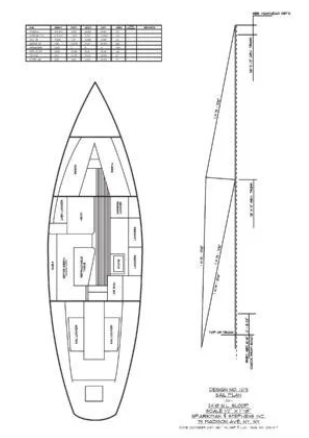
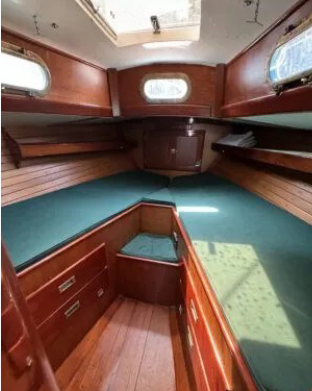
‘While Bob Hinckley remembered the final redesign as “essentially adding another strake to the hull to give her some more freeboard to make her drier and roomier,” there was more to it than that according to then S&S Chief Designer Bob Johnson. “The boat was worked up when Aage Nielsen was with the firm, and between Aage, Olin, and Rod a beautiful boat was drawn which has maintained its superstar status to this day.”’
He offered these key details: “Her design team combined a boldly curved sheerline, drawn-out ends, a jaunty aft-raked transom, and a straight but not severe houseline into a traditionally eye-pleasing package.” Indeed, she comes from a bygone era and her looks suggest the good old days— ‘when boats were boats.’ She has some other timeless virtues, too, and many owners and sailors in general appreciate her for her simplicity, integrity, and durability.”
A FABULOUS FIND
Coming into the possession of Tara in 2013 was not like spotting some rare Bugatti in a barn, but it came close. David saw the listing and knew he needed to act fast. When he encountered the boat for the first time, he also learned her meticulous previous owner had replaced the boat’s Westerbeke with a Yanmar 3YM30, immediately sealing the deal. She also came with a just-finished bottom job including an Interlux 2000 barrier coat. Each spring thereafter he has applied a gallon of Pettit’s “best ablative.”
Having worked on the New York City waterfront, this New Paltz undergrad (theater) with a Rutgers masters degree (fine arts) immediately set about the task of obtaining the necessary inspections to put the boat to work. Caporale grew up on Long Island’s Great South Bay and crewed aboard a succession of C&Cs, Tartans, and J-Boats —“running the foredeck”—so he definitely knew the ropes.
Translating this background into the people business took a skill quite familiar to people in the entertainment field, where David got his start.
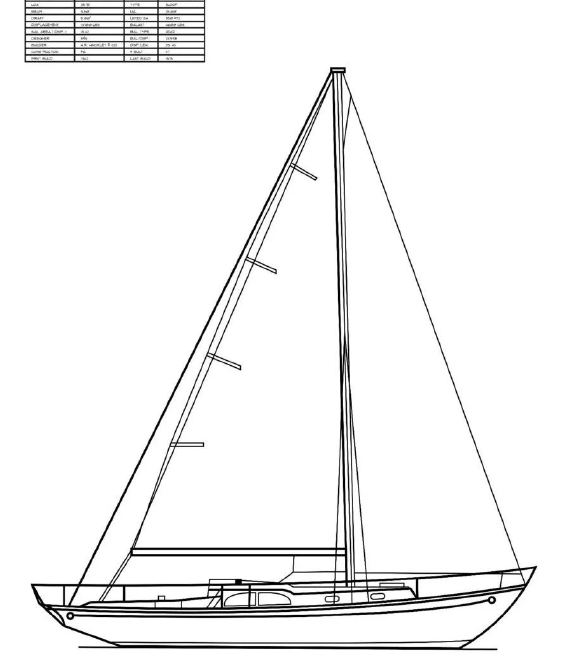
“I try to make people comfortable by figuring out their needs,” he says. “It’s all about the safety, the service and what I call the system. I give a very good safety speech, and I work hard to put the boat where customers can see what they came for. That’s the service part. But the system is answering questions, and I’ve heard them all.”
His specialty? Marriage proposals.
“And I’ve officiated at four weddings,” he says.
It’s not a bad line of work for a sweet-looking classic that makes gawkers on the North Cove fall head over heels.
Coming to New York and have two or three hours? Love wonderful old sailboats? Call David at (917) 593-2281 or visit his comprehensive website: www.tribecasailing.com.

